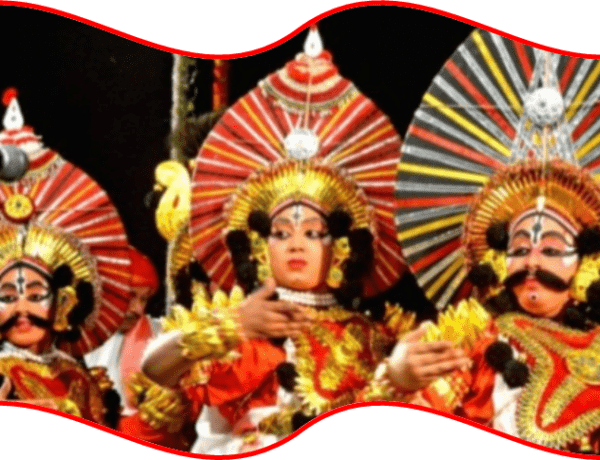The vibrant culture of India has accorded it a prominent position across the globe. Each and every celebration in India is a fundamental element of its cultural legacy. Let’s abreast ourselves with the three extraordinary festivals of India which will help us explore some of the amazing facts regarding the distinct Indian traditions.
International Kite Festival- A Visual Feast for All the Spectators
First of all, let’s acquaint ourselves with an extraordinary festival of India that honors the art of flying a Kite. It is none other than the renowned International Kite festival of Gujarat.
The popularity of this event can be gauged from the fact that this lively celebration began in Gujarat more than three decades back in 1989.
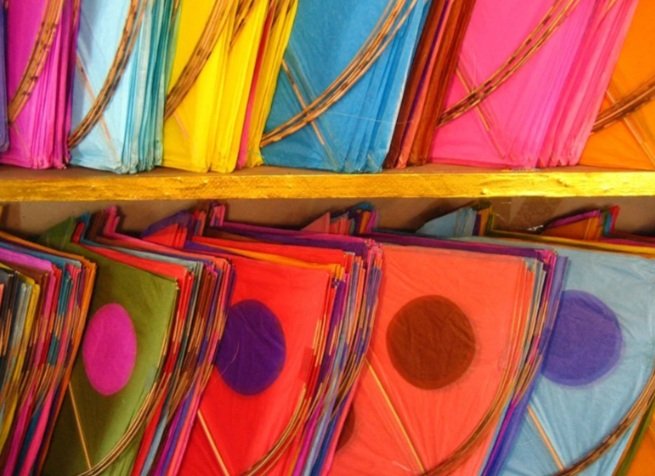
Kite Flying is a popular leisure activity in India. It immensely impacts the spirits of all the participants. In addition to this, it provides an unique opportunity to the kite makers to display their creative expertise.The interest of a lot of people grew in this exercise due its entertaining attribute. According to ancient traditions, kite flying symbolized gratefulness and indebtedness towards the almighty. Due to its rising cultural significance, it evolved into a conventional practice during the annual celebration of Makar Sankranti which depicts the onset of the spring season and the advent of Uttarayan in Hinduism.
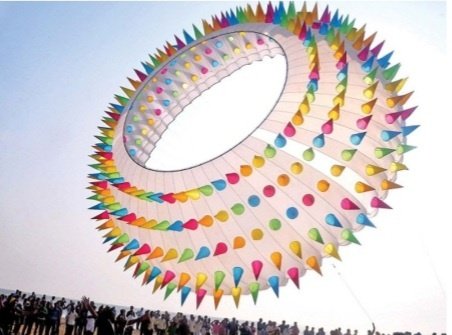
Despite being extensively popular, the entry to this dynamic event is absolutely free. The main objective of the organizing authority is to eliminate any kind of impediment in order to enable everyone to take part in this festival in a hassle free manner.
All of you would experience the zestful feeling as soon as you visit the Kite capital of India i.e Ahemdabad during this festival. The visit to this event becomes all the more fulfilling with the following-
•Kite Flyers Parade– All the kite flyers belonging to various states and different countries take part in this majestic parade. All the participants of this parade are the admirers of the vibrant art of Kite flying.
•Cultural Functions- This festival offers an enriching experience of the vibrant folk culture of Gujarat to all its visitors. The aditya stuti and surya namaskar presentation along with the spirited dance forms and melodious performances of regional songs of the state by popular artists are amongst the main cultural programmes of this celebration.
•Night Kite Flying- It is a peculiar event of this festival wherein the illuminated kites are flown in darkness. They are popularly known as Tukals which are loaded with lights and candles to brighten the atmosphere.
•A Large Market of the handcrafted products and kites.
The major crafts displayed in this popular market include the following-
•The Quintessential Embroideries include the traditional kutch and the vibrant kathiawar embroidery.
•The Beauteous Hand Block Printing which consists of Ajrakh, Batik and Saudagiri printing technique.
•The Vivid Tie and Dye Work
•The Alluring Puppet and Stuff toys
•The Conscientiousy Carved out Clay and Teracotta Craft
•The Exotic Bird Hangings with the captivating Pithora Painting
•The Finest Applique and Woven Work
•The Home Decor Products with the Authentic Leather Craft
•The Aesthetic Beadwork
•The Elegantly Crafted Metal Items
•The Traditional Regional Arts including Rogan Painting, Kalamkari and Warli Painting.
•Amazing Display of Kites- A large variety of kites of diverse colors, shapes and designs are exhibited during this event.Printed Kites, Stunt Kites and Traditional Kites are the main types of Kites available over there.
•Workshops for educating the art of kite making– These informative sessions are organized by the tourism department. They play a significant role in building up the expertise of the artisans in the field of Kite making.
•Exquisite Thematic Pavilion– These exclusively curated pavilions enumerate the illustrious past of Kites along with the cultural legacy of the region. It also provides a comprehensive account of the different tourist attractions of Gujarat.
•Thrilling Kite Competitions– Such competitions require an individual to cut down the Kites of his or her fellow participants. Moreover, the presence of colorful kites in the sky makes the atmosphere all the more cheerful. Such contests are conducted across the different locations of Gujarat.
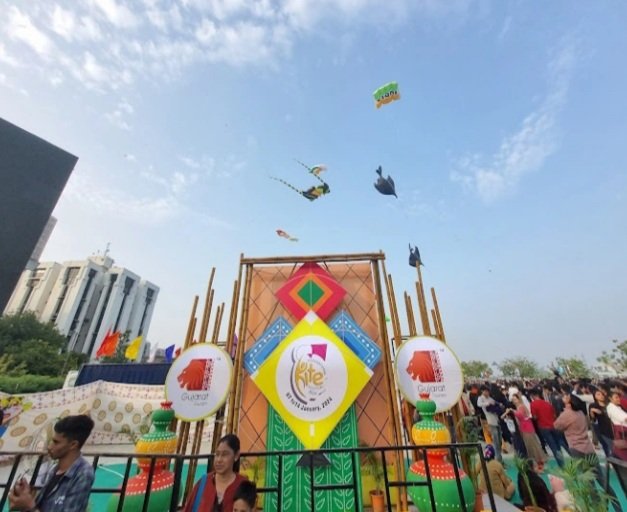
Losar Festival- Delightful Celebration of the Tibetan New Year
Furthermore, we will delve into the fascinating facts about a peculiar celebration of the tibetan buddhist community in India. We will now discuss about the Losar Festival.
The word Losar has been derived from two words in the Tibetan language in which ‘Lo‘ means Year and ‘Sar‘ refers to New. The rationale behind this festival is the commemoration of the Tibetan New Year. It emerged from the Bon religion, which is a pre- buddhist religious heritage of Tibet.
The essence of Losar lies in emphasizing upon the victory of Good over Evil which is depicted with several events throughout the festival.
This festival is celebrated in either February or March. It depends upon the Tibetan lunar calendar.
The celebration of the Losar festival extends over a time period of fifteen days.Moreover, the first three days are exclusively dedicated to carry out the main ceremonies of this festival.
The major happenings during this period include-
•Performing prayers
•Giving oblations at the monasteries
•Garnering blessings from the lamas
The first day of this festival is called Lama Losar. It is exclusively dedicated for visits to the monasteries and honoring the Lamas by exhibiting respect towards them.
During Lama Losar,the respective heads of the monasteries engage in special prayers for the well being of all the inhabitants.
Lamas are the spiritual head of the monastery who are accountable for overseeing the appropriate conduction of the holy ceremonies. They are the most revered monks in a monastery.They also participate in the processions,playing of the conventional musical instruments and recitation of the devotional hyms.
The second day of Losar is referred to as Gyalpo. This term itself denotes King who is a symbol of authority. Therefore, formal ceremonies take place on this day.
The third day of this festival is called Chokyong-Losar. In the tibetan culture, the divine beings who are considered the spiritual protectors of the community are known as Chokyongs. This particular day is dedicated to placate these Gods and prayers are offered to them. People also raise prayer flags on their homes along with the hills to mark this day.
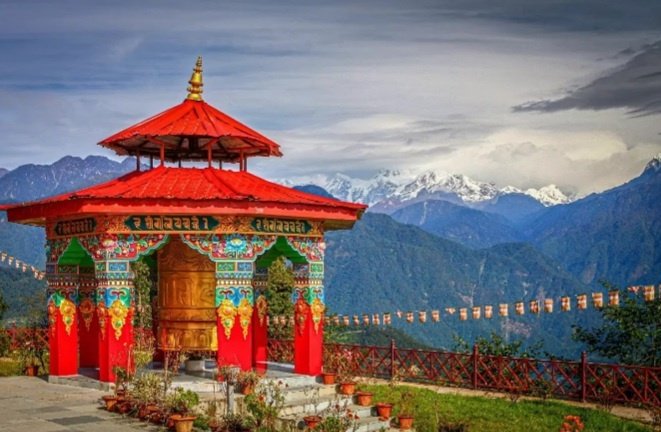
The most interesting traditions of the fifteen days long festival are the following-
1)Metho Ceremony – It is a traditional activity of Losar. The following customs are a part of this ritual-
•Recitation of the Holy Hymns
•Igniting the Revered Fire Torches to eliminate the negative energies
2)Masked Dance- It is a fascinating attribute of this festival. The main participants in this dance are the monks who portray the role of diverse types of divine beings and certain mythical personalities. It is regarded as an interesting event by both the natives and the tourists due to the well designed masks, authentic outfits and the melodic atmosphere during the dance.
3) Preparation of Tormas- It is a distinctive custom within Losar. Tormas are the special sculptures which are crafted using barley and butter. They symbolize virtuous characters, animals and sacred elements. If you ever become a part of this unique celebration, you will be fortunate to catch a sight of tormas across all the homes and the monasteries which will certainly augment the festive spirit within you.
4) Decoration of Chod Shom- The magnificent decoration of Chod Shom inside the home of every person belonging to the tibetan community is a distinctive fact of this festival.Chod Shom is a sanctified platform which is embellished with propitious objects along with the religious offerings. Every family member shows his or her gratitude towards the dieties for all the positive events of the past year and seek their blessings for the upcoming (new) year by adorning these sacred structures at the place of workship.
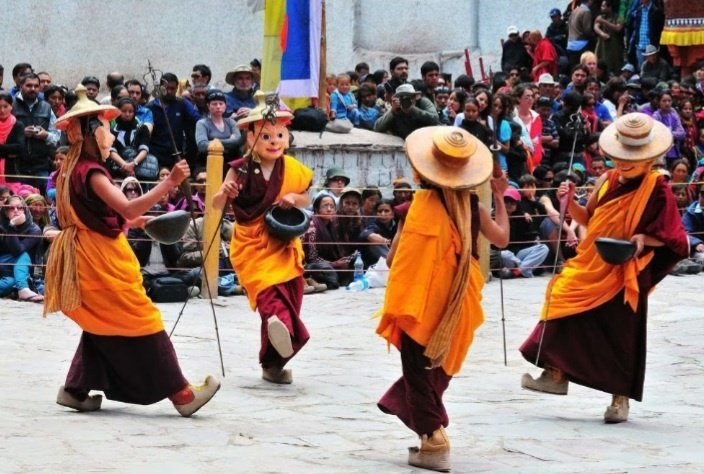
https://www.timesofindia.indiatimes.com)
Losar is celebrated across different parts of India i.e Arunachal Pradesh, Himachal Pradesh, Ladakh and Sikkim.
In Arunachal Pradesh, the primary objective of this celebration is to protect the cultural legacy of Monpas. They are a major tribal group of the north eastern state. All of them are the followers of Tibetan Buddhism. This event serves as a medium to honor the distinctive identity of this unique ethnic community.
The customs, customary ensembles, dance and musical performances of this tribal community are accrued within the successive generations through this festival. It also provides an opportunity to everyone else praise the distinct culture of that state.
The celebration of the Losar festival in Himachal Pradesh is limited to the areas having majority of Buddhist population. Such areas consist of Dharamshala, McLeod Ganj, Manali, Lahaul and Kinnaur. The Dorje Drak Monastery and Dorjidak Monastery of Himachal Pradesh are full of the tibetan monks and the devotees who offer their distinctive prayers during Losar festival.
In Laddakh, this festival begins with the offerings to the Buddhist Goddess at the Namgyal Monastery in the morning on the very first day. On the second day, large number of people assemble at the Hall of Excellence of Nirvana and Samsara. After that day, the local population comes together for celebrating this festival.
In Sikkim, the festivities are carried out in Pemayangtse, Rumtek and Phodong Monastery. This celebration is not only limited to commemorate the arrival of new year, it rather extends to mark the harvesting season of the region. The folk performances are the major part of the entire ceremony.
Champakkulam Boat Festival- A Vibrant Spectacle of Boats
Lastly, this discussion will extend towards a distinct yet acclaimed festival of South India i.e the Champakkulam Boat Festival. It starts off the boat race season in God’s own country.
Champakkulam is situated on the banks of River Pampa in Kerala. It is the part of Alappuzha district which is famous for its enchanting backwaters.
This festival is mostly held in the month of June or July.
This grand boat festival began about four centuries back in Kerala. It began in order to install another idol of the main God of the Sree Krishna Swamy Temple of Ambalapuzha as the first idol was declared impure. The ruler of that period of Chembakassery ordered to bring the idol from Kurichi Karikulam Parthaarathy Temple with an instruction to stop at Koyikkari which was a family estate of the Mappilassery family from Champakkulam for the halt in case of setting in of dark conditions on the way back to the Ambalapuzha Temple. The minister and his team followed the directions of the King and halted at that place. The King arranged a magnificent parade and reached koyikkari the next morning to take the idol back to the temple.
This festival takes place every year in order to honor that majestic procession of the King. Every year a group of people exclusively visits the Mappilassery family with Palpayasam which is a popular dessert of that region. This boat race commences after the prayers and rituals are conducted over there.
It is widely recognized as an illustrious function by all the tourists. It serves as an effective medium to let the people experience the warm reception from the Keralites. In fact, the season of boat races commences in Kerala with this festival.
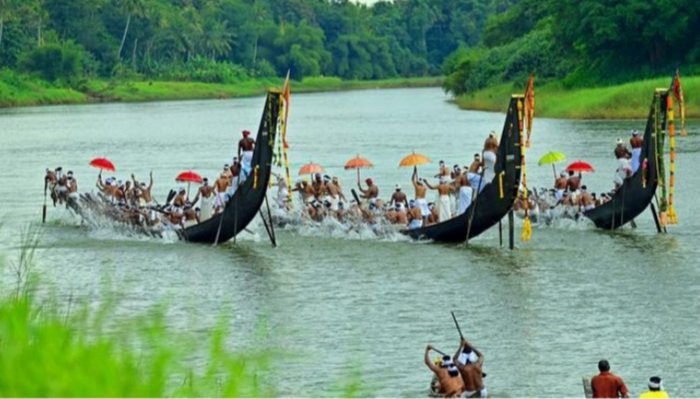
The notable elements of the Champakkulam Boat Festival are the following-
•Snake Boats– A distinctive type of boat called snake boat is used in this boat race as a part of the customary tradition of the community. They are locally referred to as Chundan Vallams.The elongated and lustrous characteristics of the snake boats attract the spotlight of the whole event. The beautification of these boats with the vivid collection of umbrellas fascinates the onlookers.
•Perfect Demonstration of Collective Synergy-There is an outstanding display of teamwork in the whole event which is commendable. The contribution of each participant is conducive in ensuring the navigation of the boats within the water in an unobstructed manner.
•Excellently Arranged Cultural Carnival-All the visitants are presented with a cultural fiesta during this festival. During this, all of them get the opportunity to witness the traditional dance forms of Kerala including Kathakali and Mohiniyattam along with the musical shows which represent the indigenous customs of the community.
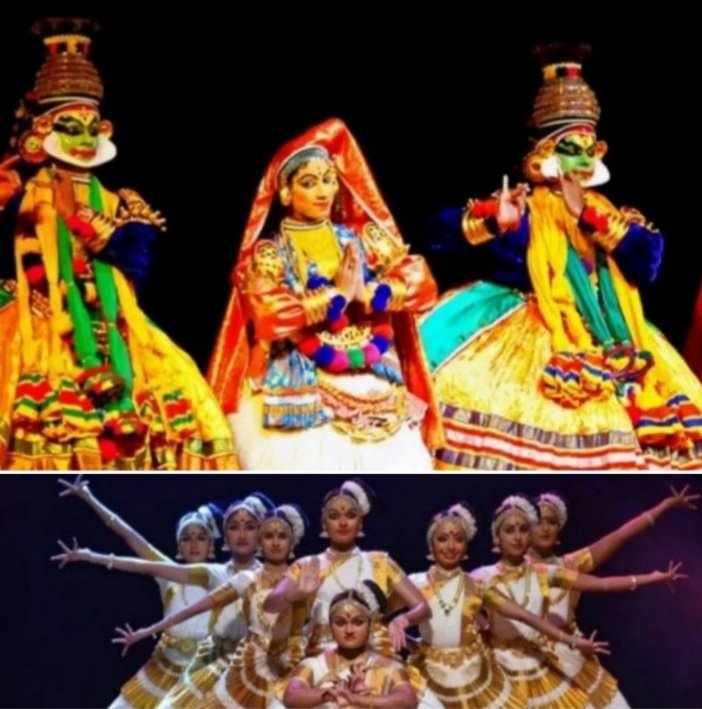
The backdrop becomes quite lively with the presence of several multi colored snake boats amidst the magnificent backwater. The whole environment turns into an exhilarating space due to the presence of considerable number of zealous spectators in this boat race.
Hope you all have had an opportunity to acquire a deeper understanding about the Indian culture with the medium of this discussion. It must have augmented your fascination towards these festivals and enhanced your desire to drop in there. Be assured to have a memorable experience and have a closer look into the rich cultural heritage of India if you are fortunate enough to be a part of any of these celebrations. Savor each moment if you’re a visitant to any of these festivals. Enjoy Yourself!!


